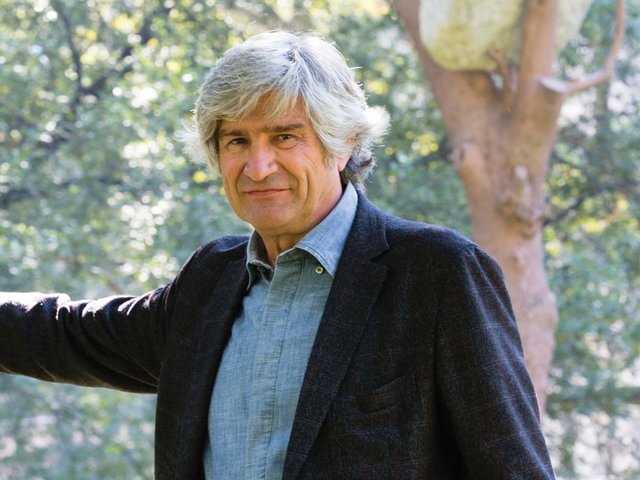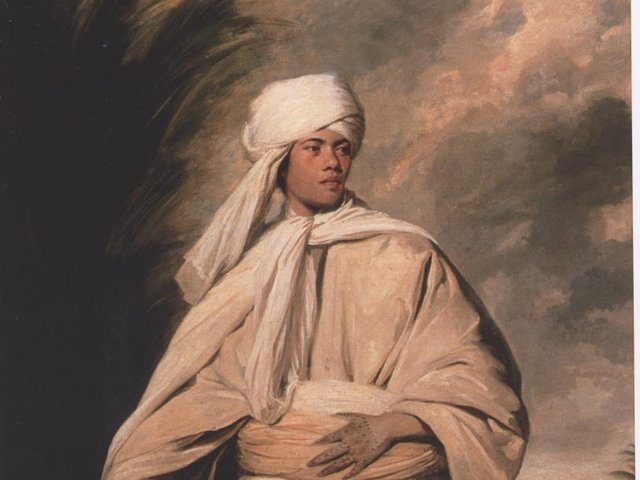The British Museum’s Polynesian sculpture of A’a is much older than previously thought. Carbon dating of the most important surviving Polynesian wooden sculpture has revealed that it was carved more than 250 years before the arrival of Europeans and easy access to metal tools. It had previously been thought to date from the 18th or early 19th century.
Two samples of wood have been dated by the Scottish Universities Environmental Research Centre in Glasgow. Although this cannot give a precise date, a museum spokeswoman says that it is probable that the tree from which it was carved was felled in around 1505. This would make A’a the earliest dated wooden sculpture from Polynesia.
Named after a key god of the island of Rurutu, the sculpture is a carved man-like figure 1.2m tall. Thirty small figures emerge out of his skin. His feet are missing, probably because they rotted away at some point. The penis, which was once erect, has been broken off, perhaps by Christian missionaries.
Rurutu, now part of French Polynesia, is a small island in the southern Pacific. When A’a was removed in 1821 its population was just a few hundred. Some of Rurutu’s chiefs had converted to Christianity, and to demonstrate their new allegiance they sent a boat with pagan idols to the island of Ra’iatea, 560km to the north, where the London Missionary Society had set up a base.
When A’a arrived, the missionaries displayed it during a church service, opening a compartment in the back, where they found 24 small idols secreted. It is thought they were not originally stored in the cavity, but had been put there for ease of transport. Although these small idols were destroyed or dispersed, A’a was saved and sent to Britain, where it was displayed in the London Missionary Society’s museum. In 1890 the society lent A’a to the British Museum and ownership was transferred in 1911.
Steven Hooper, a Polynesia specialist at the University of East Anglia, believes that the sculpture was originally carved to serve as a reliquary for the bones of A’a. Until recently the wood was assumed to be pua, but a recent examination shows that it is sandalwood, probably selected for its fragrance.
A’a has long been admired by Western artists. Henry Moore was first struck by the sculpture when he saw it in the 1920s. For his 80th birthday, in 1978, the British Museum presented him with a cast. From this, he commissioned a bronze copy, which he kept in the entrance hall to his Hertfordshire home, Hoglands, where it remains on view.
In 1950 Picasso saw a cast of A’a on a visit to the studio of the English surrealist, Roland Penrose. Picasso was so enchanted that he arranged to have a bronze cast. This stood prominently in his studio in the Villa La Californie in Cannes, close to his easel.




